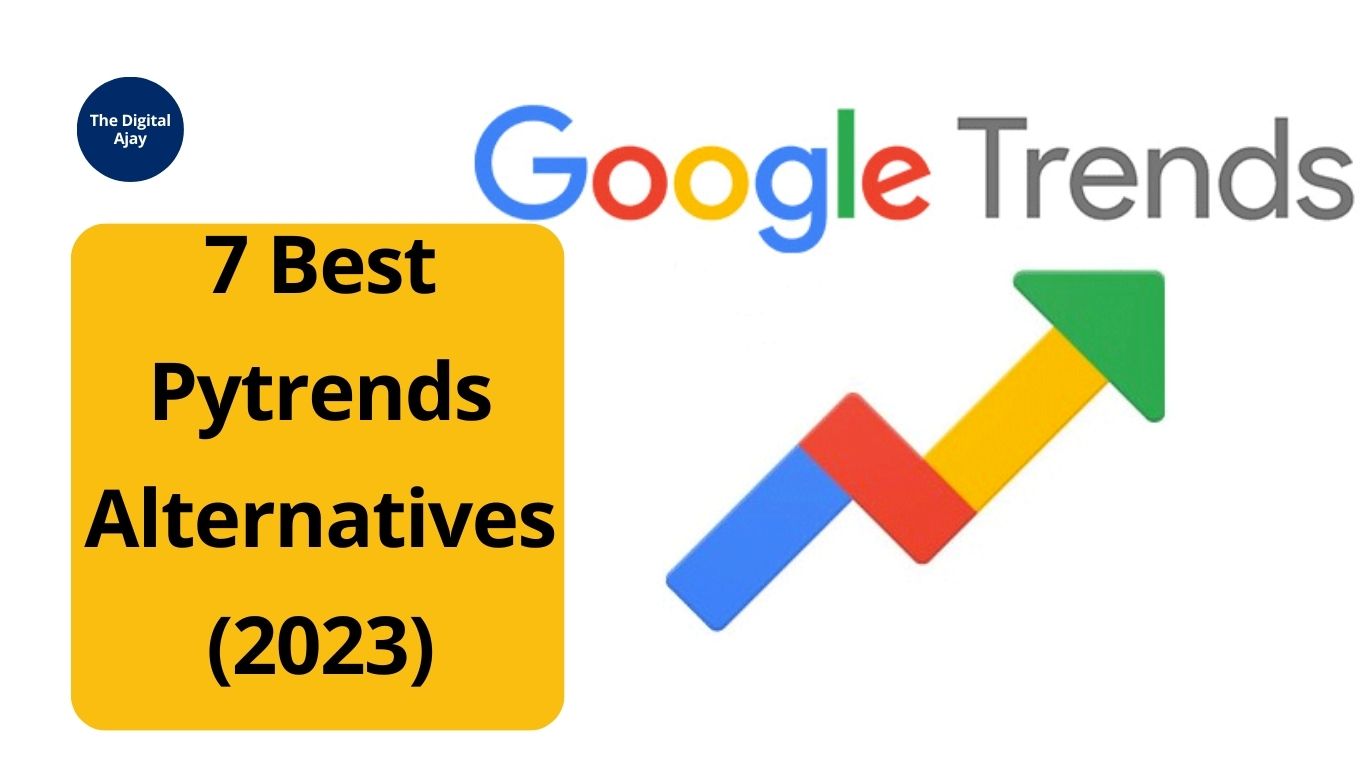If you’re looking to gather Google Trends data at scale, you’ve probably heard of Pytrends—an unofficial, Python-based open source API. However, Pytrends, while free, may not always be the most reliable option due to its unofficial status and potential violations of Google’s terms of service. In this article, we’ll explore seven alternatives to Pytrends that can provide you with reliable trend data.

The main selling point of Pytrends API is its ability to provide real-time access to Google Trends data. This means you can stay ahead of trends, make informed decisions, and boost your marketing strategies.
One of the key features is its customizable data retrieval. You can choose specific keywords, timeframes, and regions to tailor the data to your needs. This flexibility is invaluable for targeted marketing campaigns.
Another standout feature is its automated data collection and updates. With Pytrends API, you can set it and forget it, ensuring you always have the latest insights at your fingertips.
Additionally, the API offers a user-friendly interface, making it accessible even for those with minimal coding experience. It’s a tool designed to empower marketers of all levels.
7 Best Pytrends Alternatives
1. Semrush API
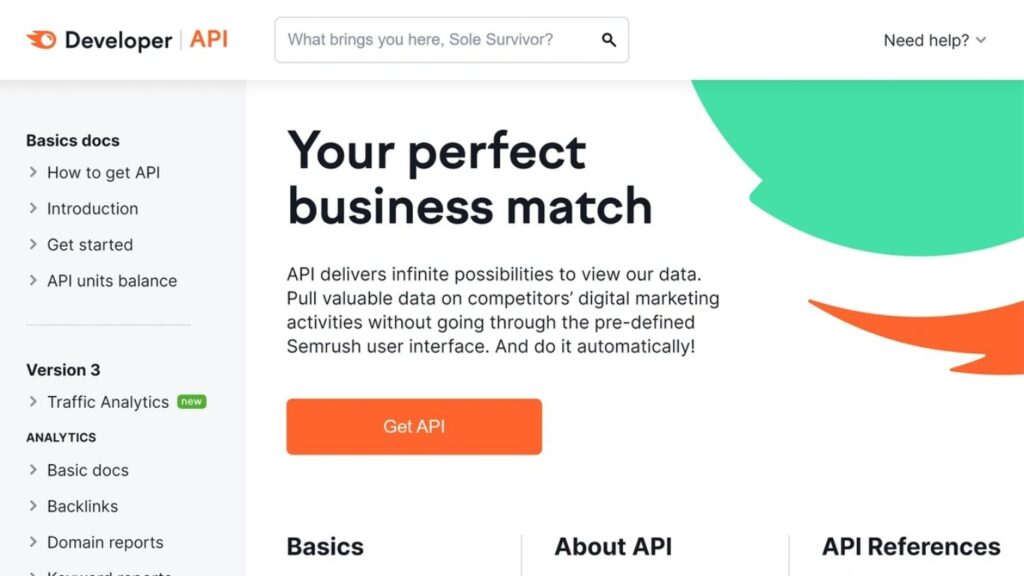
The official Semrush API offers access to information about over 25 million keywords, along with data on domains, backlinks, and geographic locations. While it doesn’t directly pull data from Google Trends, you can use it to gauge interest in specific terms over time or by location.
Semrush provides support and can be integrated into your SEO research activities.
Pricing: API access is available to Semrush users on a business-tier plan, starting at $499.95 per month.
2. Exploding Topics
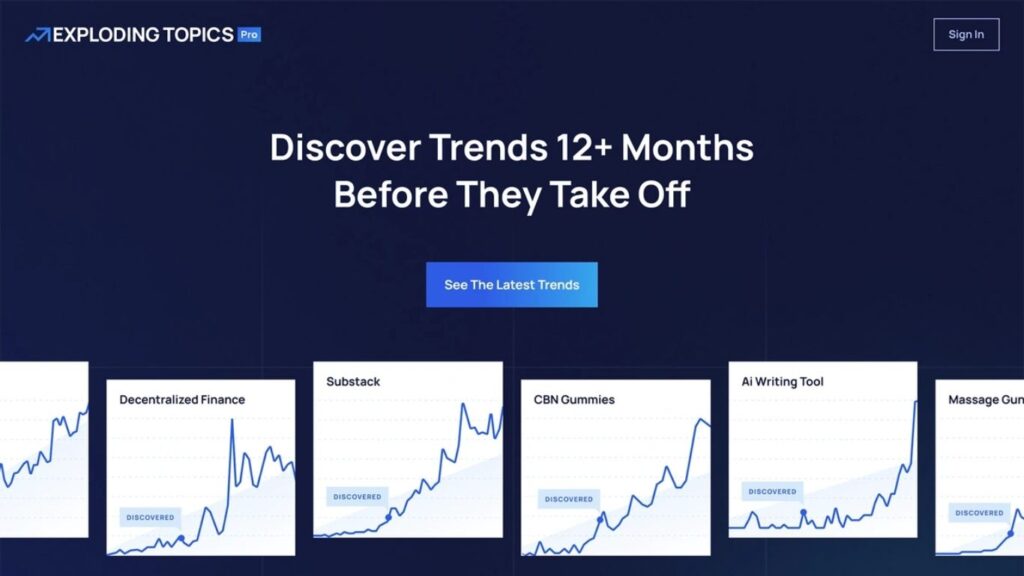
Exploding Topics is a robust trend spotting tool that offers similar data to Google Trends and more. They provide an official API that allows you to make up to 60 requests per minute. With this API, you can access valuable information, such as:
- Trending topics: Including descriptions, date of first detection, and search volume in the past month.
- Popular e-commerce products: Including growth levels, product descriptions, date of first detection, and search volume for the product name in the past month.
- Startup data: Including keywords related to trending startups, date of first detection, and search volume for the startup in the past month.
- Exploding Topics reports: A comprehensive list of report titles, URLs, publication dates, and HTML content.
Their data spans 15 years and is updated daily, ensuring you have access to up-to-date information. Plus, they use multiple sources, including online conversations, to provide a comprehensive view of a topic’s popularity.
Pricing: Exploding Topics Pro business subscribers can access their API for $499 per month, billed annually. They also offer a one-week trial for just $1.
3. SerpApi
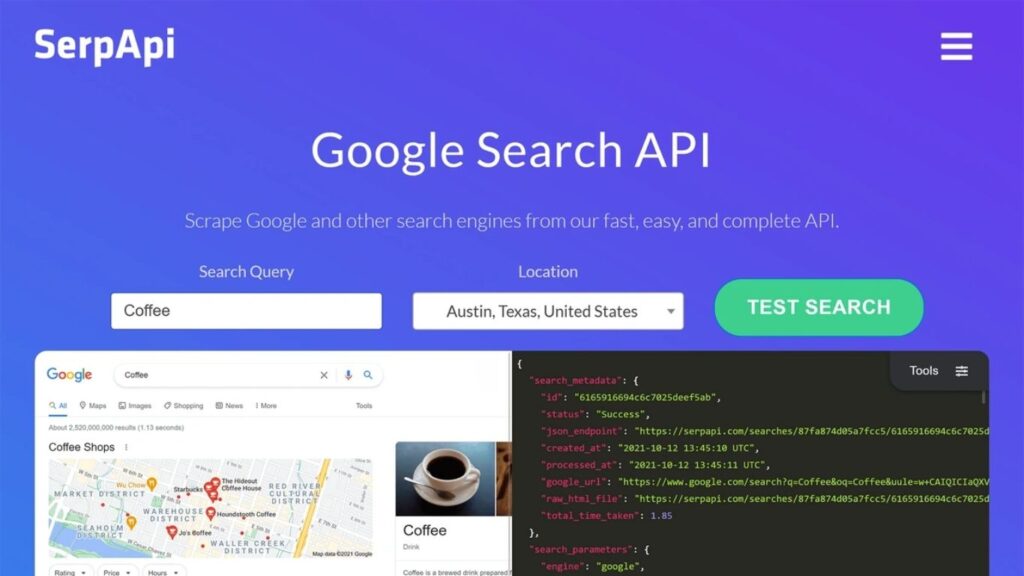
SerpApi offers several APIs for accessing Google data, including Google Trends. This tool provides access to metrics like trending search queries, interest over time, and related topics. They also offer a Google Trends Autocomplete API for additional keyword suggestions.
Keep in mind that there are limitations on the number of terms and results you can access with this API.
Pricing: SerpApi allows up to 100 free searches per month. Paid plans start at $50 per month for up to 500 searches.
4. Apify

Apify offers an unofficial Google Trends API that can extract trend data into various formats, including Google Sheets, HTML, JSON, and CSV files. While it’s recommended to pull data for 1,000 keywords at a time, be cautious as this can be resource-intensive and may lead to access restrictions from Google.
Apify is a paid platform, but it provides easier access to help and support documentation compared to open source tools like Pytrends.
Pricing: Basic Apify plans are free and include $5 in credits monthly. Paid plans start at $49 per month, or $44 per month if billed annually.
5. DataForSEO
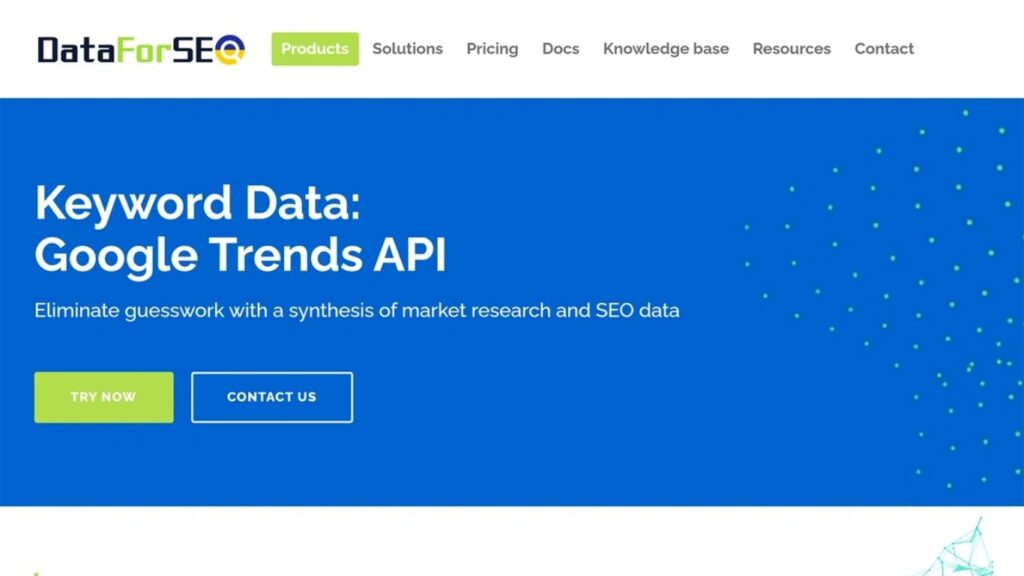
DataForSEO is another unofficial Google Trends API that can fetch data such as search volume fluctuations, search trend interest by region, related search terms, and trending topics. It’s compatible with various coding languages and can handle up to 2,000 API calls per minute.
Since DataForSEO is hosted by the company that created it, you can expect better access to resources and support compared to Pytrends.
Pricing: DataForSEO operates on a pay-as-you-go model, with typical costs of analyzing 10,000 terms for $22.50.
6. Axiom
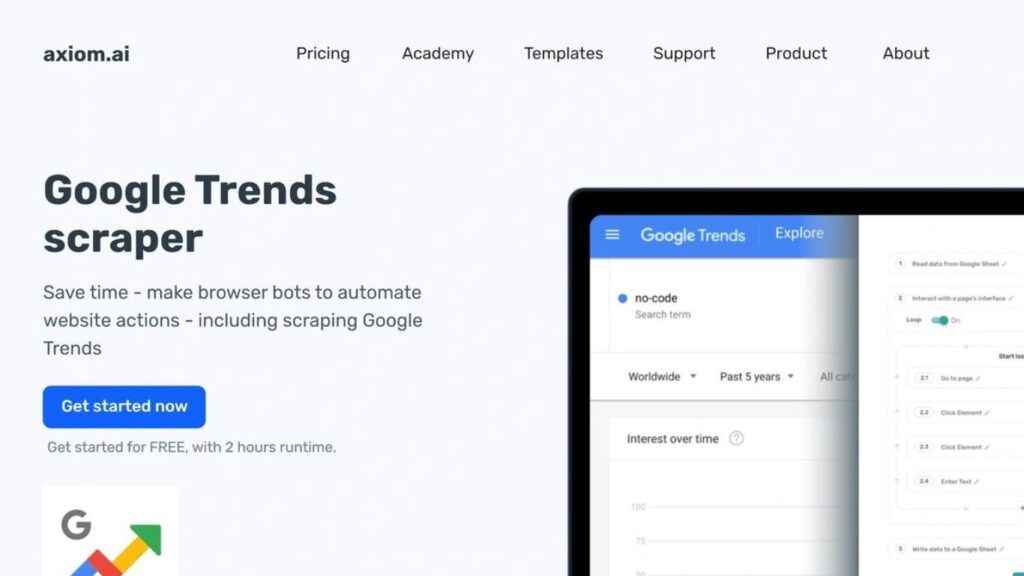
Axiom is a unique tool that lets you create and run automations in your web browser. Instead of scraping Google Trends through an unofficial API, you build a bot to automate the process, conduct searches, and perform various actions. Axiom’s user-friendly interface makes it accessible to users without coding experience.
Pricing: You can use Axiom for free for two hours. Paid plans start at $15 per month for up to five hours of runtime.
7. Bright Data
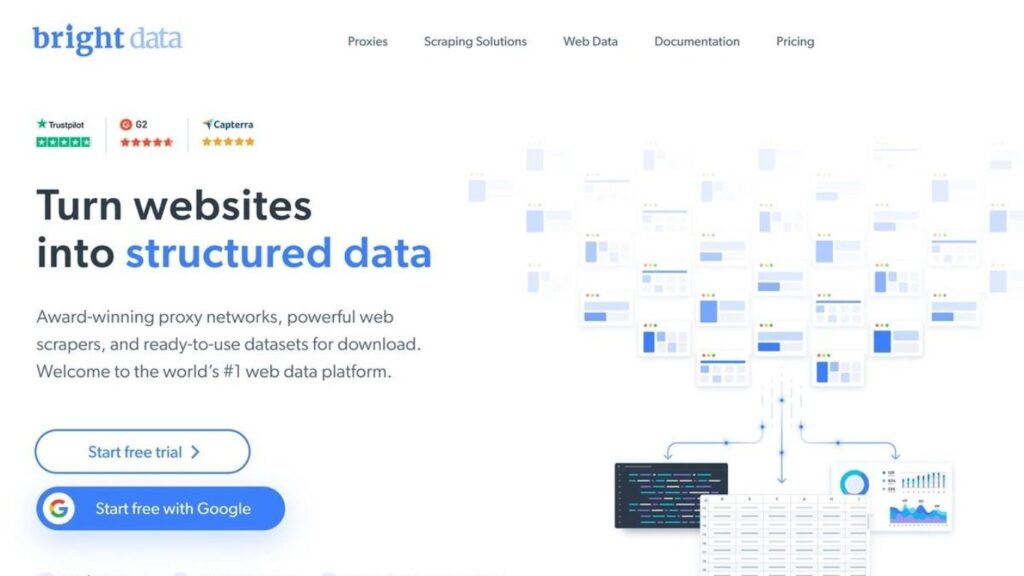
Bright Data offers a range of solutions for accessing Google Trends and search data. You can build web scrapers, create browser automation scripts, and more. The platform allows you to track e-commerce SKU data, scrape SERP results from various search engines, and unblock public websites.
Note that using Bright Data requires coding knowledge.
Pricing: Bright Data charges separately for its tools and services, with various pricing options depending on your usage.
In conclusion, while Pytrends may be a free option for accessing Google Trends data, it comes with reliability and terms of service issues. To ensure you have access to high-quality trend data without disruptions, consider these alternatives, many of which offer official APIs and robust features.
